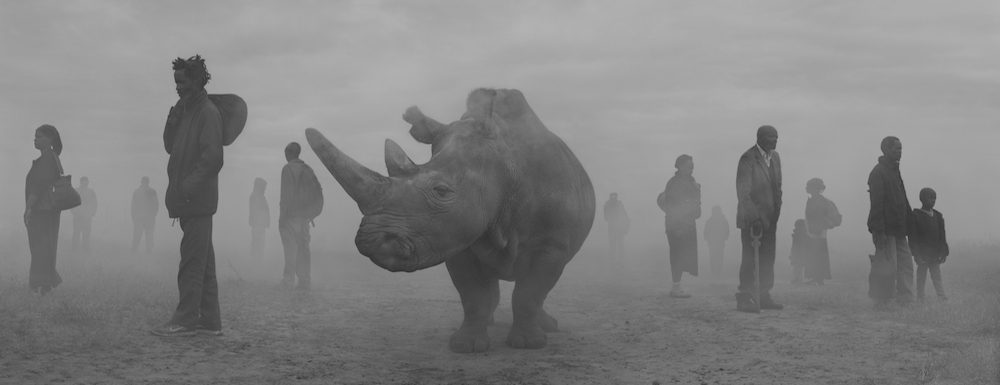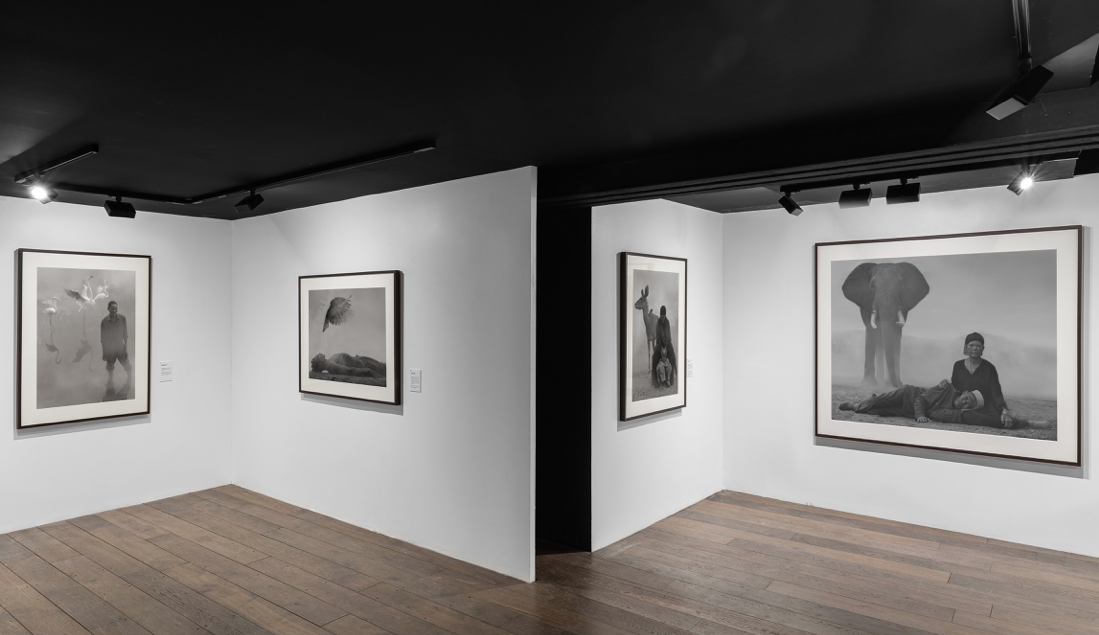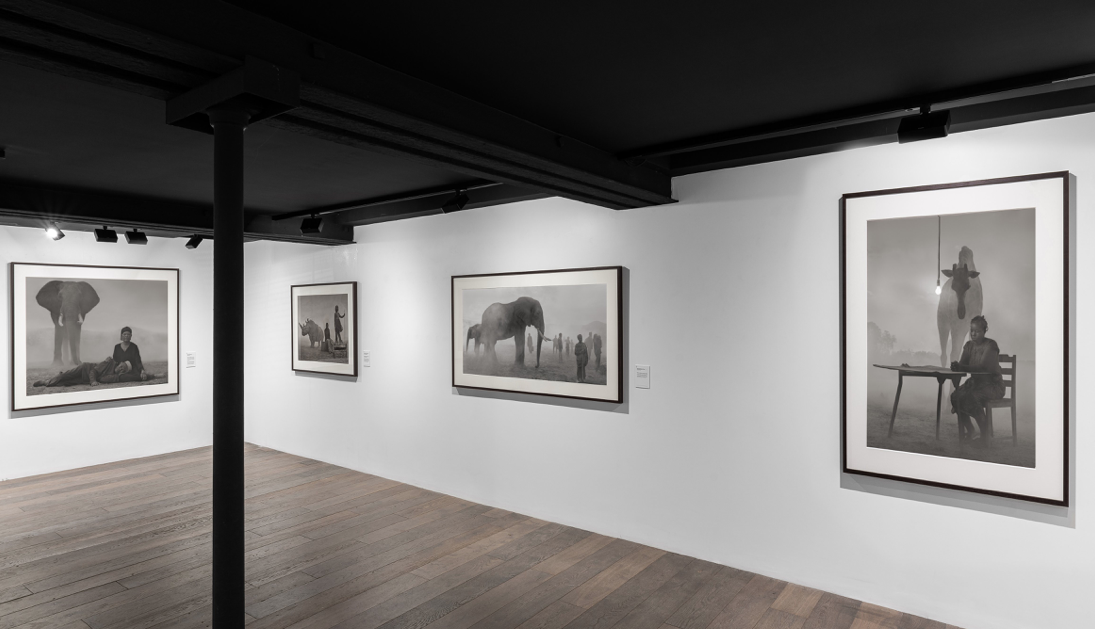Polka Gallery is proud to present Nick Brandt’s new series “The Day May Break”,
exhibited for the first time in France.
Almost 20 years ago, Nick Brandt took his first photographs of wild animals in Africa: his
ode to a disappearing world.
"I lost a lot of time working on these projects at a time when the destruction of the
environment was accelerating at an exponential rate and there was an urgent need to
deal with the subject head-on. […] But I am fortunate that these older projects now allow
me to fund new, more difficult and committed ones.”
The series “Inherit the Dust” (2014) and “This Empty World” (2019) were born from
this conclusion. Both of them deal with the subject of the human destruction of African
wildlife’s natural habitats and the disappearance of biodiversity. They also highlight an
obvious fact: humans, just like animals, are directly threatened by climate change.
"Eventually, this will affect every living thing, every human being on the planet. That is
why I had the idea for ‘The Day May Break’ "
“The Day May Break” is the first part of a global series that brings together animals and humans impacted by climate disasters. These photographs were taken in 2020 in Zimbabwe and Kenya in wildlife sanctuaries, shelters and animal reserves. The photographed animals were so accustomed to the presence of humans that no particular precaution or digital intervention was necessary to achieve the desired poses and compositions in close proximity to human models...
The people depicted in the photographs have also been scarred by the consequences of climate change. Nick Brandt's research team spent several months searching for these climate refugees: people who have lost their farms, their homes, their livelihoods in dramatic droughts or floods that have been intensifying every year. Some, like Kuda in Zimbabwe or Robert in Kenya have experienced most terrible tragedies — the death of their young children, swept away in flash floods. And yet, each of these portraits exudes dignity in the face of hardship and above all, hope. “What I'm trying to show is that life prevails: they are still here. These people and animals have survived. Their resilience commands respect.”
In 2010 the British photographer created the Big Life Foundation, whose objective is the protection of over 650,000 hectares of land in Kenya and Tanzania against poaching. This time, for the new series, he has gone a step further and planned to donate a percentage of revenue from its sales to the people depicted in the photographs — an action in the face of what he readily describes as the ecocide of the planet, and against which he invites each of us to take responsibility.
“We can act now to limit the damage already done and save lives.
The title of the book sums it up:
The day may break… on a land that lays in ruins.
Or the day may break on a new dawn.
It’s up to humanity to decide. The choice is ours."






